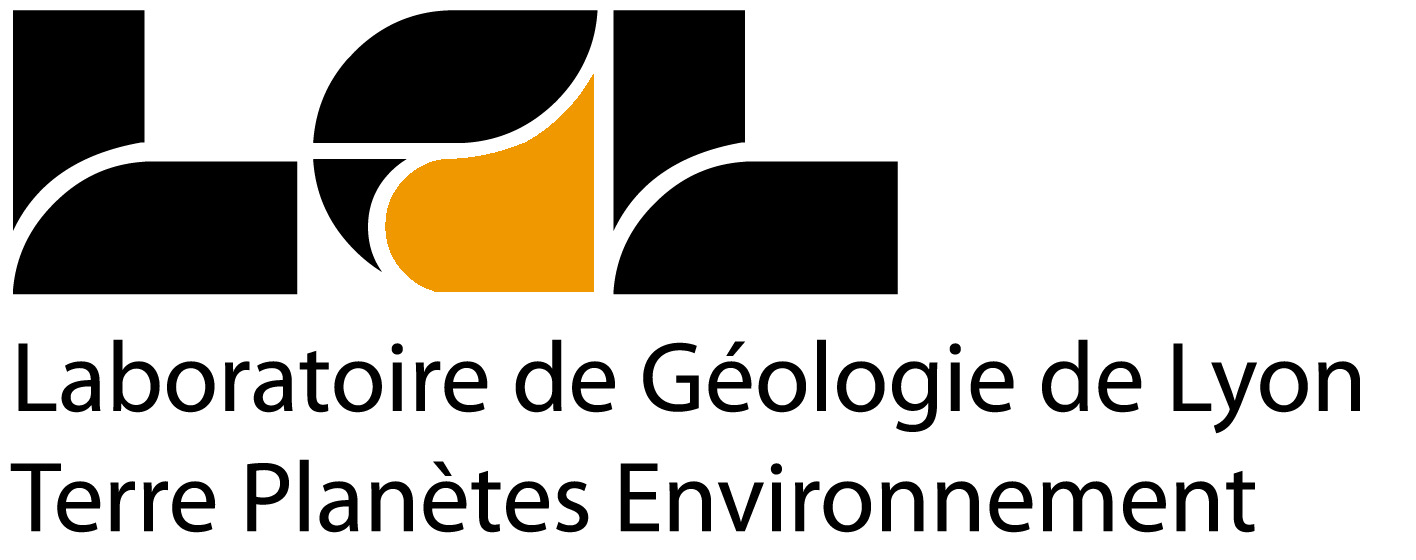Bienvenue sur la collection HAL LGL-TPE
Vous trouverez dans cette collection une partie de la production scientifique de notre Laboratoire de Géologie de Lyon, Terre, Planètes, Environnement, unité mixte de recherche 5276 ayant pour tutelles le CNRS - l'Ecole Normale Supérieure de Lyon - l'UCB Lyon 1, né en 2011 de la fusion de 2 laboratoires : le laboratoire Paléoenvironnement et Palébiosphère (PEPS, UMR 5125) et le Laboratoire de Géologie (UMR 5570).
HAL LGL-TPE est la plate-forme de consultation et de dépot des publications (notice ou texte intégral) de ce laboratoire.
Vous travaillez pour le laboratoire et vous souhaitez déposer dans HAL :
pour un premier dépôt : Inscrivez-vous
vous êtes déjà inscrit : Authentifiez-vous
Vous souhaitez que la bibliothèque du laboratoire se charge du dépôt de vos documents, contactez-nous.
Aide au dépot et à la consulation
Sherpa : politique des éditeurs à propos de l'auto-archivage
Guide du dépôt et du bon usage de HAL
Le ManuHAL
Pour tout renseignement à propos de l'Archive : contactez-nous
Vous trouverez dans cette collection une partie de la production scientifique de notre Laboratoire de Géologie de Lyon, Terre, Planètes, Environnement, unité mixte de recherche 5276 ayant pour tutelles le CNRS - l'Ecole Normale Supérieure de Lyon - l'UCB Lyon 1, né en 2011 de la fusion de 2 laboratoires : le laboratoire Paléoenvironnement et Palébiosphère (PEPS, UMR 5125) et le Laboratoire de Géologie (UMR 5570).
HAL LGL-TPE est la plate-forme de consultation et de dépot des publications (notice ou texte intégral) de ce laboratoire.
Vous travaillez pour le laboratoire et vous souhaitez déposer dans HAL :
pour un premier dépôt : Inscrivez-vous
vous êtes déjà inscrit : Authentifiez-vous
Vous souhaitez que la bibliothèque du laboratoire se charge du dépôt de vos documents, contactez-nous.
Aide au dépot et à la consulation
Sherpa : politique des éditeurs à propos de l'auto-archivage
Guide du dépôt et du bon usage de HAL
Le ManuHAL
Pour tout renseignement à propos de l'Archive : contactez-nous



